America the Beautiful


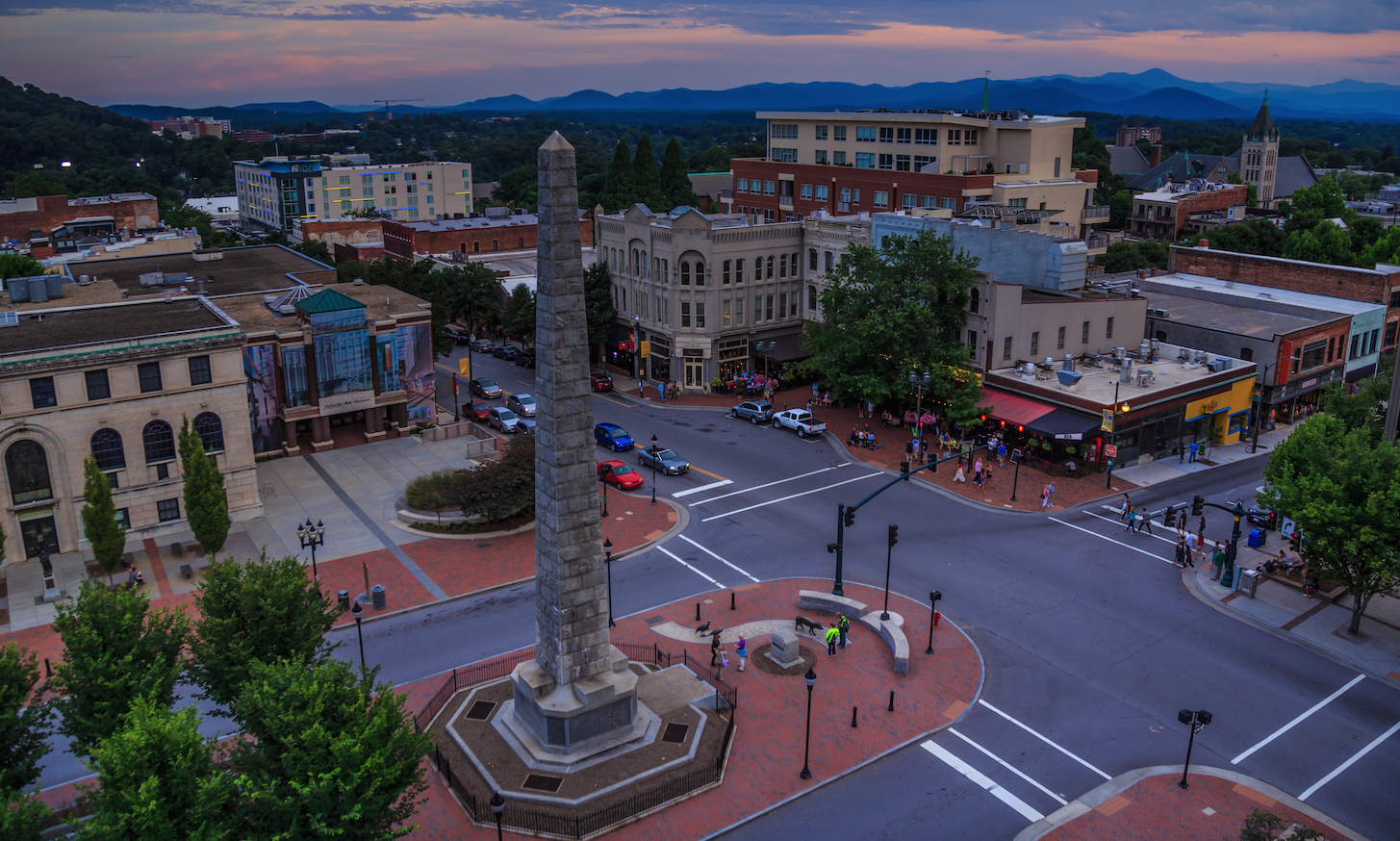
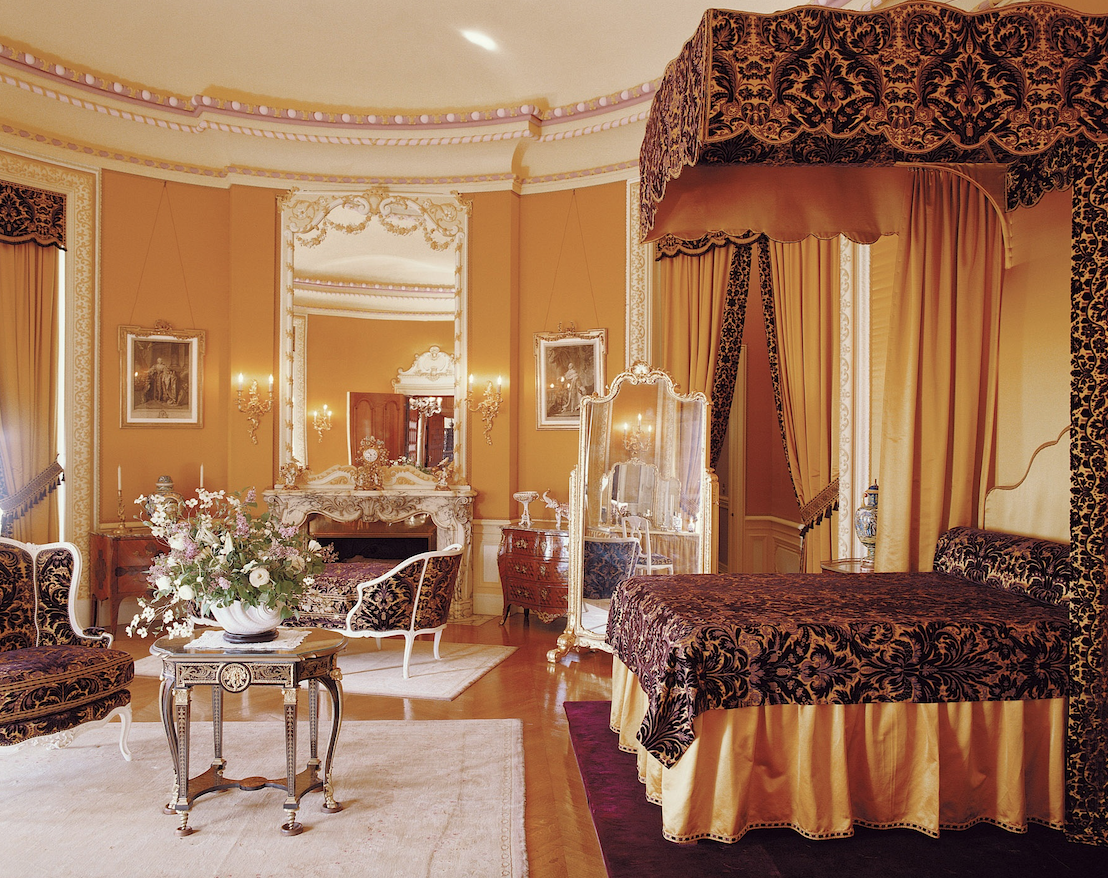
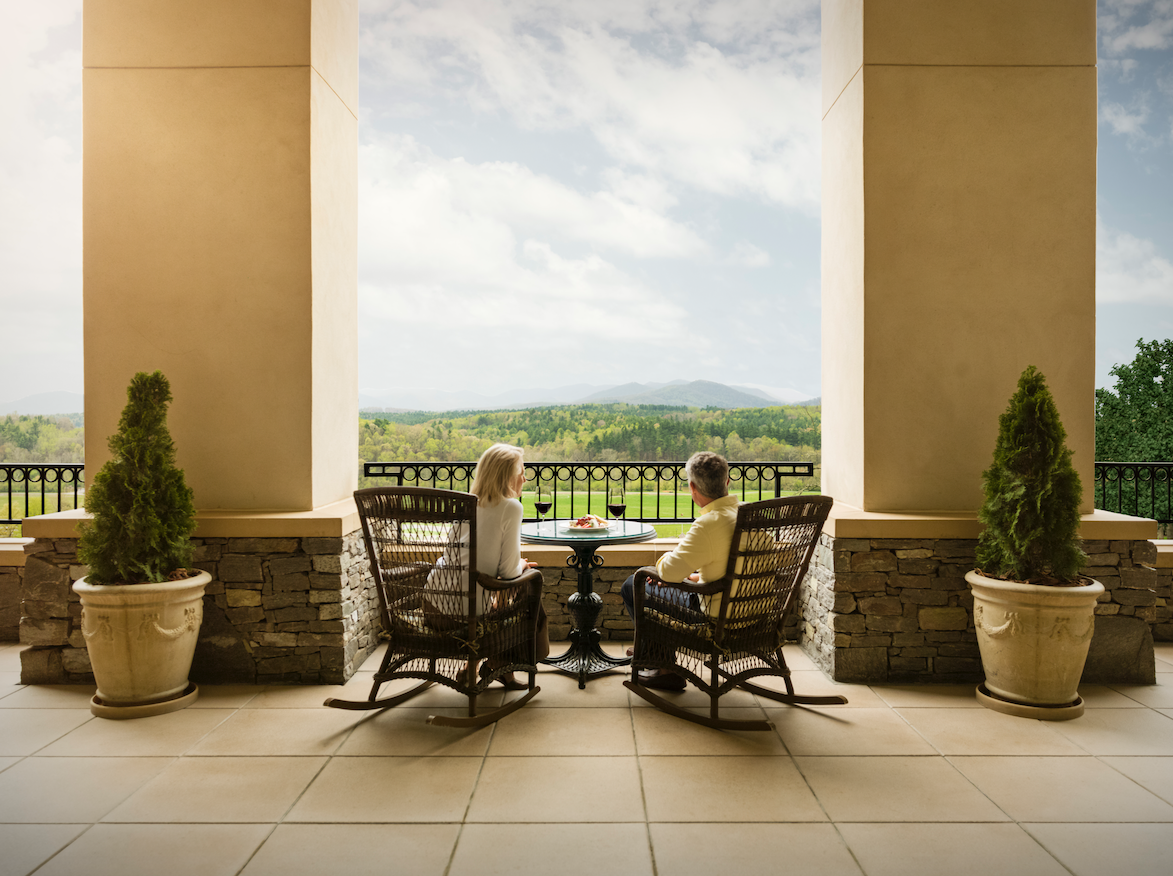
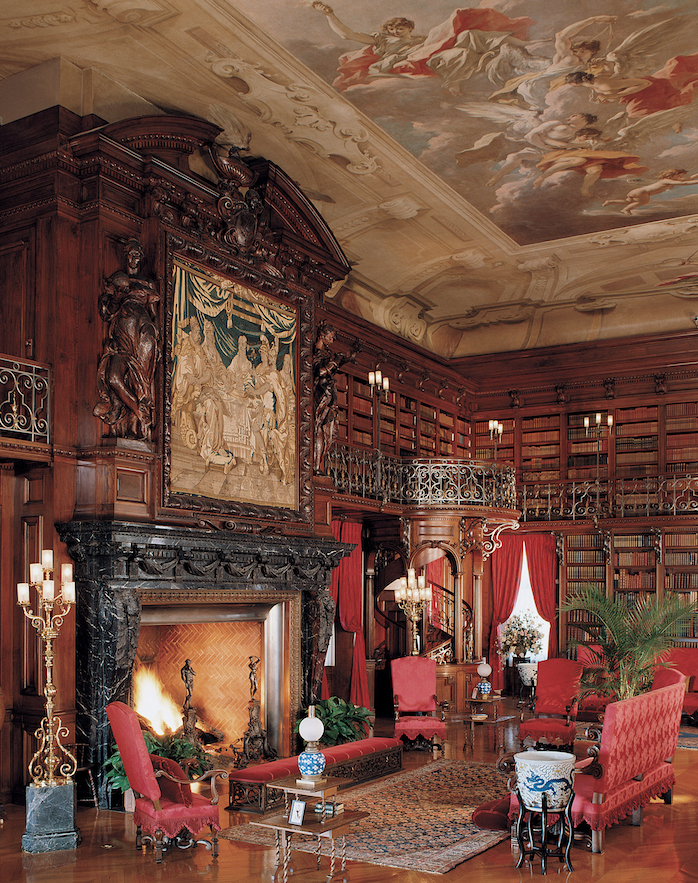
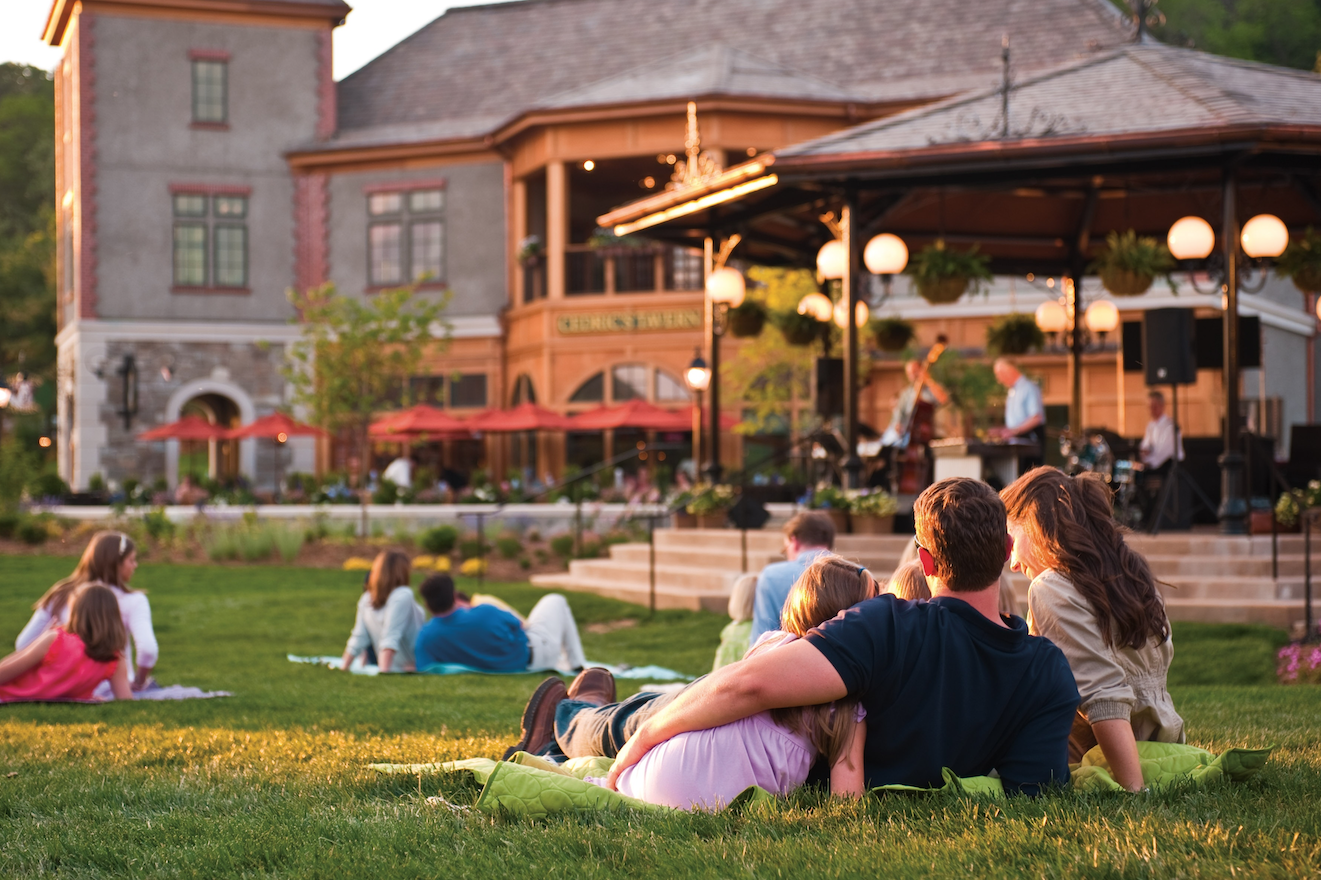

It was early as our car turned its first corner on the Blue Ridge Parkway, the sun just beginning to shine its morning light through the mist that had settled among the trees. The coffee was still warm in my hands, and the smell of mountain pine seeped through the barely lowered windows as I forced my eyes to stay open. I had dreamed of seeing a sunrise along this historic route for years, and I didn’t want to waste a second of it with so much as a blink.
Most people plan to do this scenic North Carolina drive in autumn, when the fall foliage puts on an extravagant show for passengers with garish reds, bright oranges and glimmering yellows dancing among a forest of evergreens, but I arrived in winter with hopes of seeing frozen waterfalls and the glitter-like effect that happens when the sun rises early above the snow dusted mountains. The Blue Ridge Parkway stretches 469 miles, weaving a ribbon-like path between the Shenandoah National Park in Virginia and the Great Smoky Mountains National Park in North Carolina, but the small section that passes nearby Asheville, North Carolina, is often regarded as one of the most beautiful drives in America.
I made my husband stop at every scenic outlook to snap pictures of the postcard-like scenery as we made our way back to downtown Asheville, ice-encrusted rock walls fading behind us as the ground warmed beneath the tires closer to town. Asheville’s unique location between two mountain ridges shelters the city from the cold, making it an ideal winter destination full of craft breweries, decadent restaurants, a vibrant art scene and a rich heritage of warm hospitality.
Stay
It was on a visit similar to mine to the Blue Ridge Mountains that prompted the youngest member of America’s wealthiest family to build a country home in this inspirational landscape.
George Vanderbilt first arrived in Asheville in 1887, but it wasn’t until 1889 that work began on constructing his 250-room French renaissance château that would become known as The Biltmore House, America’s largest home. The house was used as a private residence, but the family frequently hosted guests with grand parties, elegant balls and festive gatherings.
Experience what it would have been like to be a Vanderbilt guest by checking in to the estate’s VIP accommodations at the Cottage, a 1,500-square-foot private retreat on the property that features a gourmet kitchen (where meals are prepared by an estate chef from estate-raised ingredients), formal dining room, cozy living room and two luxurious bedrooms with jetted tubs and private bathrooms. The Cottage dates back to 1896, when it acted as the gardener’s cottage, but most recently, it was used as an outdoor set of the 1992 movie Last of the Mohicans.
After years of visitors asking if they could stay at the Biltmore House (biltmore.com), the Vanderbilt family, who still owns the estate, opened an opulent inn. Fresh-cut flowers welcome guests daily to this 210-room property, where afternoon tea is served in the Library, and glasses of Biltmore wine are enjoyed at sundown on the rocking-chair-lined Veranda. All guests of the Cottage and the Inn have access to the Biltmore gardens and grounds, Antler Hill Village and the winery during their stay.
Downtown Asheville is home to most of the business hotels, where travelers are able to stay close to the action, without sacrificing amenities. The Hyatt Place Asheville/Downtown (hyatt.com) is within walking distance to many of the best restaurants in town, and arguably offers the best views of the Blue Ridge Parkway from its rooftop bar, the Montford.
Eat
Asheville is a place where creativity thrives, and raw talent ripens as quickly as the amazing produce and ingredients grown within the city limits. These two factors have produced a truly vibrant and dynamic dining scene, where visitors are served so much more than the southern staples found in neighboring North Carolina towns. Chefs from around the world have landed in Asheville, eager to carve out a space in the local dining space, including Chef katie Button. Born in the South, Chef Button worked in prestigious kitchens, such as Ferran Adrià’s el Bulli in Spain, and alongside Chef José Andrés at his restaurants in America, before returning to her roots and opening her own Spanish tapas restaurant in Asheville called Cúrate (katiebuttonrestaurants.com/curate).
The concept behind Cúrate, which translates to “cure yourself,” is based on Chef Button’s belief in the curative effects of sharing good food and wine with friends and family. Plates are meant to be shared, where delicate slices of jamón ibérico and tender pulpo a la gallega are served alongside an all-Spanish wine list, with vintages dating back to 1988.
For a taste of Asheville’s best, book a table at rhubarb (rhubarbasheville.com), where James Beard-award-winning Chef John Fleer crafts his menu based on what’s in season from the local farms. expect North Carolina’s cheeses and meats to shine on this ever-rotating menu, where vegetarian dishes, like smoked wild mushroom cassoulet, shine alongside heartier dishes, like pork belly with grilled grape and herb salsa.
Located on the 8th floor of the Hyatt Place Downtown Asheville, the Montford rooftop Bar (themontford.com) is not only the best spot in the city for sunset views and late night cocktails, but the food at this industrial-chic bar is every bit as elevated as the restaurant itself.
Sharable plates of house-made tater tots are served on a vibrant bed of beet ketchup made from local Ivy Creek Farm beets, and the roasted brussels sprouts are given a kick from North Carolina’s Lusty Monk mustard. Many of the syrups and mixes for the cocktail menu are made in-house, and the bar’s rotating menu of beers gives a taste of what Asheville offers for craft brews.
Play
The city’s pristine mountain water and innovative brewers have earned Asheville a reputation as “Beer City USA,” with more than 26 breweries to date. Many of the top breweries are within walking distance of each other in the South Slope Brewing District, making it easy to stop in to a few for a tasting or a brewery tour while in the area. Catawba Brewing (catawbabrewing.com) is best known for their White Zombie white ale, but their Friki Tiki Papaya IPA is an undisputed favorite for many visitors.
Other top breweries in town include the Asheville Brewing Company (ashevillebrewing.com), Green Man Brewery (greenmanbrewery.com) and Hi-Wire Brewing (hiwirebrewing.com).
The historic buildings and quaint side streets of Downtown Asheville warrant a trip to the city center alone, but with more than 200 locally owned stores and 30 galleries, downtown Asheville is truly one of the best shopping districts in the entire city. Stroll through the boutique shops and art galleries of the stunning Grove Arcade (grovearcade.com), where ornate iron-work and carefully restored details from this circa-1929 building make for a luxe shopping experience. Plan to spend at least an hour in the arcade’s own Battery Park Book exchange and Champagne Bar where visitors can select from a list of 80 wines, while perusing the used books of this sophisticated store.
Artists have long been drawn to Asheville, many of them winding up
in the recently refurbished river Arts District (rAD). Visitors can take an interactive art class at the local glass blowing studio, the North Carolina Glass Center (ncglasscenter.org), or purchase art from the artists themselves at WeDGe Studios (wedgestudioartists.com), a four-level working artist collective housed inside a former warehouse that also features a brewery, a restaurant, a hair salon, and a wine bar.
A trip to Asheville wouldn’t be complete without a visit to the house that originally put the town on the map, and the Biltmore’s self-guided tours give a glimpse into the glamourous life of the Vanderbilt family and their time spent living among the beauty of the Blue ridge Mountains in Asheville, North Carolina.
exploreasheville.com.
